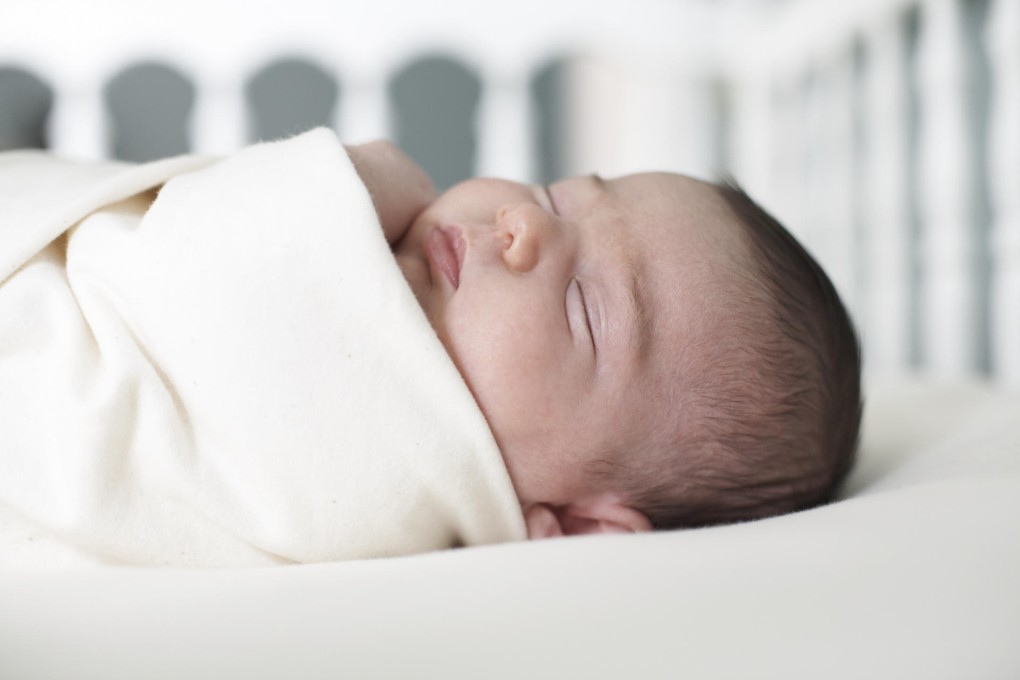The facts about flat-head syndrome
Having babies sleep on their back protects against Sudden Infant Death Syndrome, but can cause flat spots on their skulls.Sunory Dutt finds out what can be done to avoid the condition

In the early 1990s, the American Academy of Pediatrics launched a Back to Sleep programme that recommended placing babies on their backs in bed to reduce the risk of Sudden Infant Death Syndrome (Sids). Since then, the percentage of infants sleeping face-up has increased dramatically, and the overall incidence of Sids has more than halved.
But placing babies in the supine position for long periods of time has led to an increase in positional plagiocephaly, commonly known as flat-head syndrome. The condition is believed to be a cosmetic problem which doesn't affect the baby's brain.
In the US, prior to 1992, plagiocephaly among infants below 12 months old was reportedly 5 per cent, a 2006 study by the University of Texas found. But the study authors say that in recent years craniofacial centres and primary care providers in the US have reported an increase up to 600 per cent in referrals for the condition.
According to a recent study by Calgary's Mount Royal University published in the journal , nearly half of 440 babies studied between seven and 12 weeks of age had the condition. Of the babies found to exhibit flat-head syndrome, the study found that 78 per cent had a mild form, while 19 per cent of cases were classified as moderate, and the remaining 3 per cent were severe. More than three in five babies had plagiocephaly on the right side of the head.
In Hong Kong, figures are not readily available, but according to Dr Simon Wong, a specialist in paediatrics, flat-head syndrome is very common. "I am not aware of any local studies on this subject but I suspect the incidence would be similar to those of the Western world," he says.
The condition arises because a baby's skull is still soft enough to be moulded and to change shape if there is constant pressure on one area of their head, according to Britain's National Health Service. The skull is made of plates of bone, which only start to strengthen and fuse together as the child grows older.
